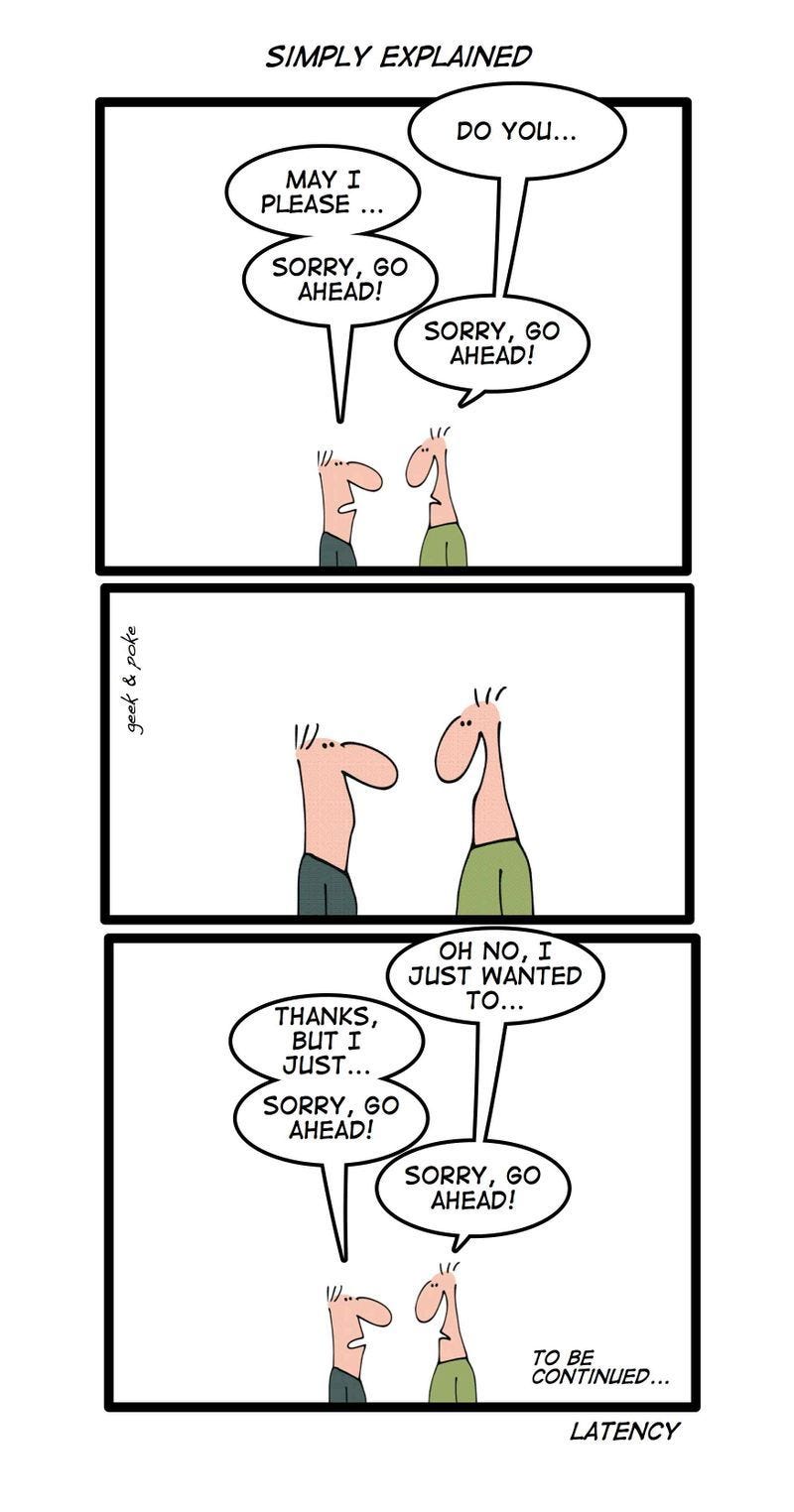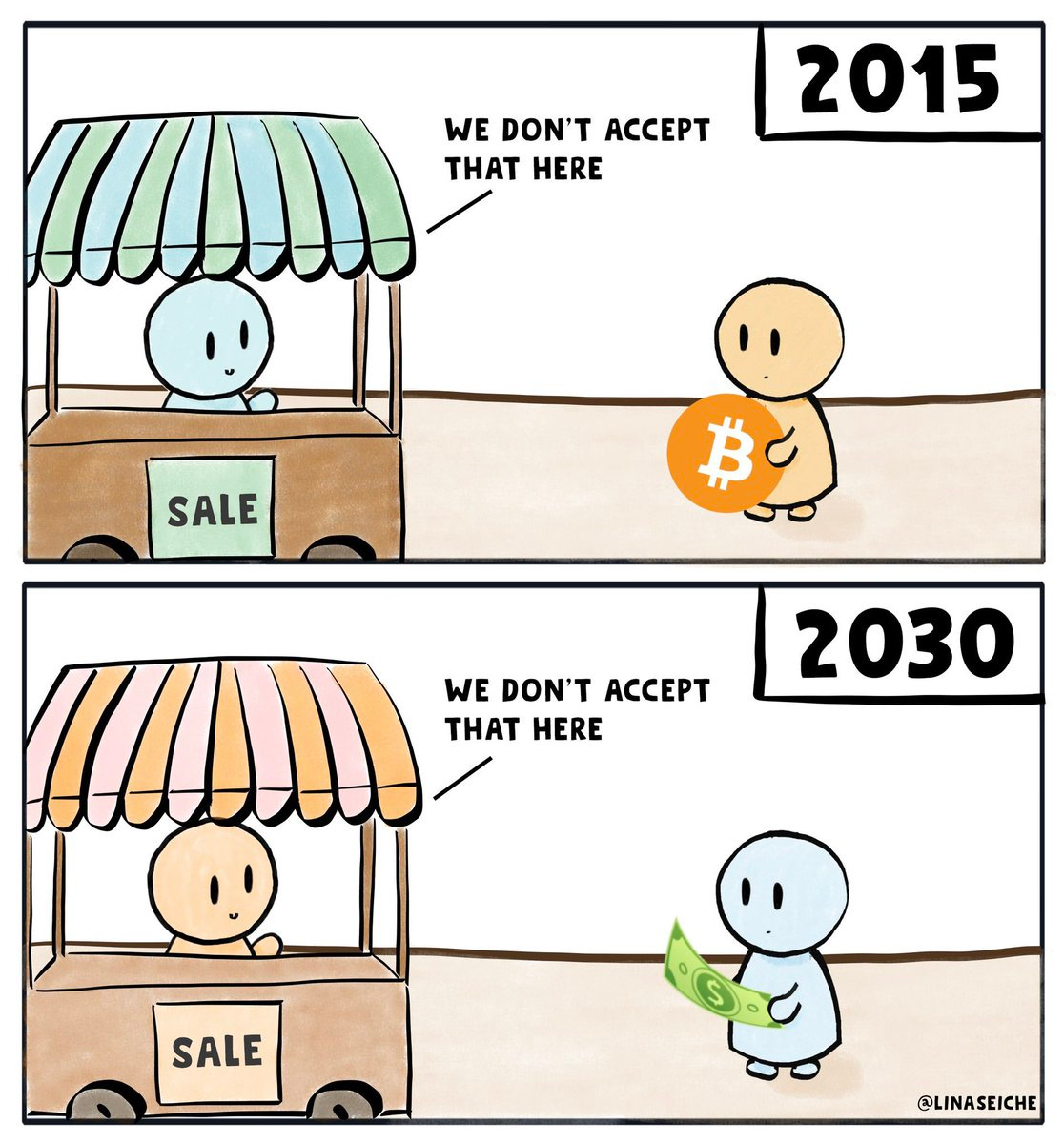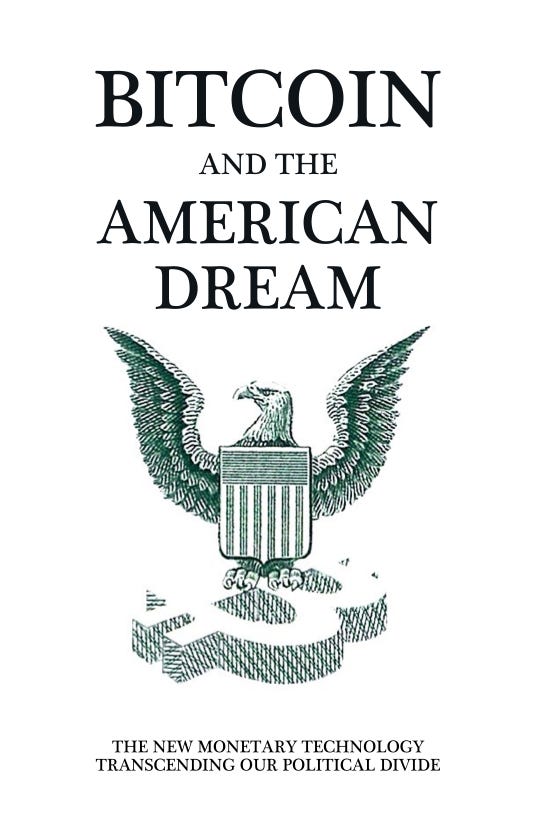Bad Money Fragilizes. Bitcoin Tech Talk #280
One of the main benefits of the current system is that so much is centralized. This is great for efficiency, resulting in cheaper prices. The impetus for this pressure towards efficiency is fiat money. Fiat money puts tremendous pressure on keeping prices down because of the phenomenon of sticky prices. People do not like paying more money for the same good so manufacturers are forced to make their goods cheaper. Many opt to make their products worse, essentially debasing their goods or services along with fiat, but the other option they have is to centralize production and use scale to offset the loss incurred by inflation.
Unsurprisingly, this has led to enormous multinational corporations, where only a few companies control entire industries. This unfortunately means that product innovation is sacrificed, but further, it makes the production of these goods enormously fragile. This is obvious in semiconductors, for instance.
People in the semiconductor industry know that there’s really only one top-notch semiconductor producer and that’s TSMC. Taiwan Semiconductor produces the best chips and given that it’s an industry that’s extremely technical and requires serious scale, they’ve been the supplier for chips to almost everyone around the world. The current shortage of new cars around the world is due to a shortage of chips manufactured by TSMC, which feature prominently in all new cars.
What’s crazy is that TSMC isn’t even that big a company. Their capital outlay in 2020 was around $18B, which to put into context was less than what Netflix paid to produce original programming. Yet entire global industries are dependent on what TSMC produces. What we’ve witnessed in the chip manufacturing industry is a relentless drive to reduce cost, which has led to few players and a fragile supply chain.
Of course, TSMC is expanding to keep up with the enormous demand for their chips and they’ve announced new plants in Japan and the US among others to mitigate for some of the global transportation issues that happened during COVID. Yet the fact remains, the world economy is very fragile.
What would happen, for example, if the dollar collapsed and TSMC no longer accepted USD for their chips? They would refuse dollars for goods and services and opt for some other form of money. This would cause friction and would slow everything down. In other words, when the money goes bad, trade tends to slow. We got a taste of this the past couple of years because inflation is the process of money going bad.
Supply chain disruptions were really just people adjusting to new prices up and down the supply chain. After all, if you had planned to pay $X for something you needed and it suddenly went to $1.5X, wouldn’t you at least try to negotiate that down? Or look for another supplier? Or see if there are alternate parts that are cheaper? This all takes time and it happens because the money is going bad.
Inflation is chipping away at the societal foundation a bit a time. The inflation has amplified societal upheaval. There’s a huge increase in authoritarianism and riots all over the world. Multiple places in the world seem to be on the brink of collapse, war or both. People are more politically divided than ever, many talking past each other and neither side willing to even acknowledge the other side is even sane. In other words, there are costs to inflation, and they tend to show up in places that we don’t expect.
The problem is centralization. We’ve gotten addicted to its efficiency and cheapness and don’t notice all the costs. All the cheap goods come at the cost of significant fragility and moreover mortgage the future. The current system is simply not sustainable.
Thankfully, we have Bitcoin. We have this ability to build on a solid foundation, but we have to recognize that a lot of the world is not there right now. The transition is going to be difficult and there’s going to be a lot of upheaval before we see a better tomorrow.
Bitcoin
Zman has published his idea for an OP_TAPLEAFUPDATEVERIFY alternative with OP_EVICT. The main idea here is the same as OP_TLUV in that a single UTXO will represent the collective ownership of a group of people (aka coinpool), each with a different amount owned. Both OP codes would allow for shuffling within the coinpool without any onchain transaction, but would allow for any participant to leave the pool. The main difference with OP_EVICT is that it requires less overhead. The implications from a privacy perspective is that the coinpool is still trustless and allows for hiding your balance with a bunch of others. I can see this being a useful alternative to coinjoins.
A new paper explores the game theoretical responses to the selfish-mining attack. The selfish mining attack was written by Sirer, et al, as a way to mine with a third of network hashing power to get more than a third of the due rewards. The new paper proposes a way to defeat such an attack, largely by infiltrating the selfish mining pool. The basic idea is that an “insightful” pool can infiltrate a selfish mining pool by mining for them and see the hidden blocks not published yet from the selfish mining attack. They conclude that even two pools following the “insightful” strategy would deny the selfish-mining attack no matter the hash rate distribution. I always suspected that there was something seriously one-sided about the selfish-mining attack and this paper seems to have brought out the obvious counter.
Want to run a Bitcoin crowdfund like the Canadian truckers did? You can use Voltage and BTCPayServer to do it pretty natively. I was surprised crowdfunding is already available on a peer-to-peer basis like this. This is way better than centralized platforms since there’s no middle man taking a large cut and the recipient definitely gets the money. There’s a bit more risk for the people donating since they have to verify the crowdfund campaign themselves, but this is something I’m definitely going to try to set up for my next book.
Lightning
Simple Lightning published part 1 of their payment channels series. This one goes into commitment transactions and settlement transactions and how they enable a bunch of non-published transactions within the channel. They also show how the simple payment channel has some limitations, which motivate further exploration. As they explain, payment channels are edges on the lightning network, so it’s important to understand them.
Severin Bühler examines lightning payment speeds. I was surprised to learn that the median payment time is 8 seconds or so, which seems rather long, given that it’s supposed to be “lightning” fast. That said, the post goes into why payments can be slow, as routing depends a lot on node-to-node latency, which may not necessarily be very fast. The suggested way to speed up routing in the article was to qualify node connections so that they’re relatively fast. This is the obvious local optimization that will make the entire network faster. It will be interesting to see routing algorithms in the future make speed rather than fees the priority.
Ben Carmen has made a nice tool to open payment channels straight out of a coinjoin. LN Vortex is beta software and requires lnd to run, but the idea is that the funding transaction cannot be traced back and allows less linkage between your on-chain and LN transactions. The concept is great and I would love to see more compatibility, especially with other lightning implementations.
Stephen Delorme critiques Cash App’s Lightning UI from a UI design perspective. The post is very interesting in that it takes the view of a new user and shows the inconsistencies in the UI along with helpful suggestions on fixing it. This is a good thing to read for any engineer who wants to implement a good user interface. There are a lot of things I didn’t think about which Stephen points out in his critique.
Economics, Engineering, Etc.
Jameson Lopp has a bunch of statistics in his article about simplicity being a security challenge. Apparently, the crypto investors are overwhelmingly male (about 75%) and trend young (38), but the crypto-curious are majority female and trend a bit older (44). This suggests to me that Bitcoin is definitely growing out of the early adopter phase and transitioning into more of a mass product. As Jameson points out, the current crop of adopters coming in means the software and UIs around Bitcoin have to get more simple.
Well Ordered Wiki has a nice post on Nostr and what it does. Essentially, Nostr is a way to publish content that’s signed. No one can impersonate anyone without the private key, and this allows for publishing from a given entity without all the security vulnerabilities of a centralized platform. It’s a different architecture in that each user is expected to store their own private key and publish on their own. It’s purposefully kept simple as to make it flexible. I love how simple it is and this feels like to me the decentralized web that we’ve all wanted. They have many protocol improvements in an unfortunately named repository, which include private messaging, usernames, followers and much more to make a real social network without a trusted third party.
Hodl Hodl shares why they don’t require KYC. The post focuses on why Satoshi was anonymous, given the digital cash projects that came before and the subsequent arrests and government crackdowns that came as a result. Indeed, the lack of anonymity is hurting the truckers in Canada, who are being targeted by the Canadian government for monetary oppression. The post underlines why peer-to-peer transactions are so much better given that a trusted third party is a giant security hole. Speaking of trusted third parties…
Coinbase patched a really terrible exploit on their platform. I would normally save stories like this for the Quick Hits section, but this one was just so terrible that I had to comment a bit more on it. The exploit was using their API, which is used by a lot of traders to execute their trading strategies. Apparently, you could substitute any one coin for another to place an order on the API. The exploit allowed API users to sell 50 SHIB at BTC prices, for example. I’ve been suspicious of this company’s technical chops for quite a while given that they go down with even a little bump in volume and have had several high profile bugs in the past, but this is the biggest flaw I’ve seen from them yet. How a public company can have this large a vulnerability unpatched speaks to their incompetence. Here’s to hoping that they’ll go the way of early search engines and go away before they cause much more significant damage to the industry.
Quick Hits
Rep. Warren Davidson has introduced the Keep Your Coins act.
One of these guys bought my hat at a charity auction. Pretty good ROI, I’d say.
Warren Buffet is investing in companies ingesting rat poison, I guess.
Exchanges are creating a platform called TRUST to share customer information. You can’t make this stuff up.
Another week, another “defi” coin shows how it’s completely centralized.
Events
I am in London for Advancing Bitcoin March 3-4. I am also going to be at Bitcoin 2022 in Miami April 6-8.
I’ll also be doing the Programming Blockchain seminars in London March 1-2 and Miami April 4-5.
Podcasts, Etc.
On this week’s Bitcoin Fixes This, I talked to Morgan Harper about her senate race in Ohio.
I read through last week’s newsletter which you can find here. I was on Create Tailwind to talk about Bitcoin, Christianity and much more.
Here is the latest book which is out now! You can read Chapter 4 here.
My other books are here and here.
Unchained Capital is a sponsor of this newsletter. I am an advisor and proud to be a part of a company that’s enhancing security for Bitcoin holders. If you need multisig, collaborative custody or bitcoin native financial services, learn more here.
Fiat delenda est.











